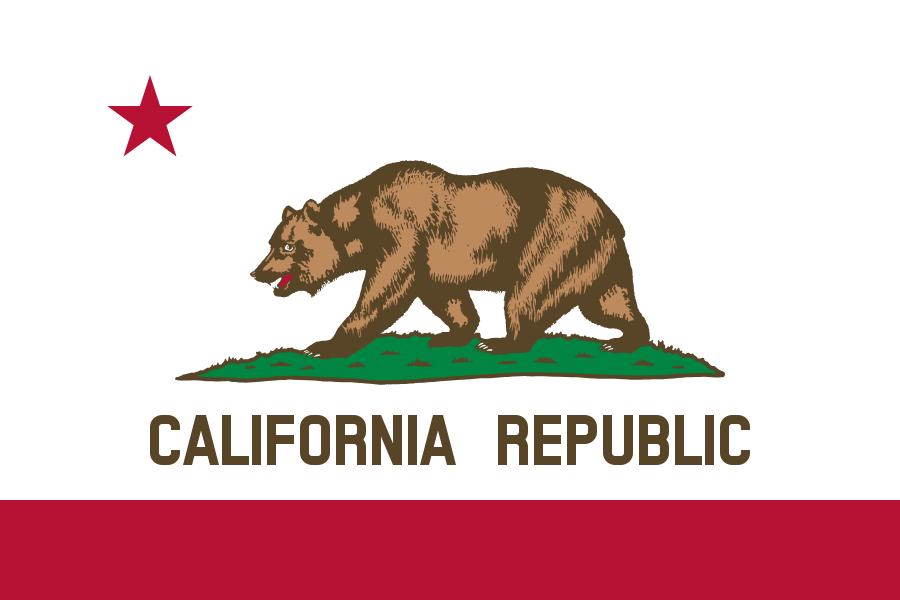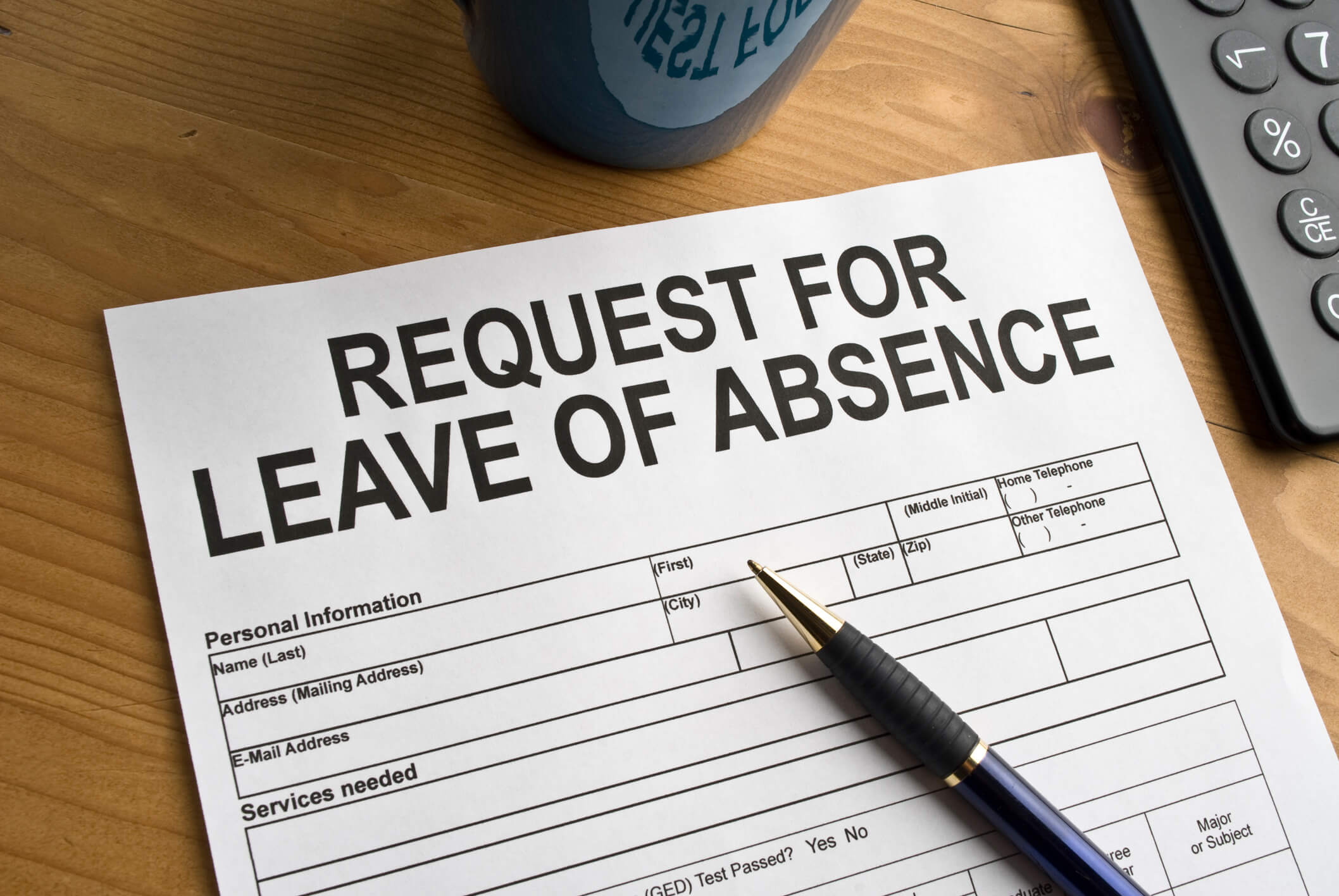Quick Hits
- Effective October 1, 2025, California law prohibits discrimination and retaliation against employees (and employees with victimized family members) for taking qualifying leave related to a “qualifying act of violence.”
- Employers with twenty-five or more employees must allow time off for a broadened list of covered activities, subject to reasonable notice and certification.
- The law does not mandate paid leave; employees may use available paid sick leave and other accrued PTO. Leave may run concurrently with federal and state family and medical leave laws where eligibility is met.
Who is a “victim,” and what is a “qualifying act of violence”? AB 406 defines a “qualifying act of violence” to include domestic violence, sexual assault, stalking, and specified acts or patterns of conduct, such as “caus[ing] bodily injury or death”; “exhibit[ing], draw[ing], brandish[ing], or us[ing] a firearm, or other dangerous weapon”; or using or “mak[ing] a reasonably perceived or actual threat to use[] force against another individual to cause physical injury or death.” The definition applies regardless of whether anyone is arrested, prosecuted, or convicted. A “victim” is the “individual against whom a qualifying act is committed,” and protections also extend to employees whose family member (including a designated person) is a victim.
Once a qualifying act of violence is implicated, employees are protected from discrimination and retaliation for taking time off for covered purposes. Those purposes include obtaining or attempting to obtain legal protection (such as temporary restraining orders), seeking or assisting with medical or mental health care, “obtain[ing] services from a domestic violence shelter, program, rape crisis center, or victim services organization,” participating in safety planning or relocation (including securing housing and enrolling children in new schools or childcare), preparing for or attending civil, administrative, or criminal proceedings, seeking civil or criminal legal services, providing care to a family member recovering from injuries, and arranging necessary childcare or care for a dependent adult to ensure safety.
Background and what AB 406 changes. California has long protected time off to obtain crime-related relief and has required reasonable safety accommodations for victims of domestic violence, sexual assault, and stalking. Enforcement authority shifted to the Civil Rights Department in 2025. AB 406 consolidates and expands protections by centering the “qualifying act of violence” framework, expressly covering leave to support family members of victims, and clarifying notice, certification, and confidentiality requirements.
Employer obligations, certification, and confidentiality. Employers may not discharge, discriminate, or retaliate against employees for taking qualifying leave. Employers with twenty-five or more employees must grant leave for the expanded purposes tied to a qualifying act of violence. Employees should provide reasonable advance notice where feasible; for unscheduled absences, employers may request certification “within a reasonable time.” Acceptable certification includes a police report; a court order or court/prosecutor documentation of an appearance; or documentation from a licensed medical or mental health provider, domestic violence or sexual assault counselor, victim advocate, or other documentation reasonably verifying the qualifying act (including a signed statement by the employee or representative). Employers must keep documentation and related information confidential, subject to limited legal exceptions, and should provide reasonable safety-related accommodations through a good-faith, interactive process.
Paid or unpaid leave; limits, and concurrency. AB 406 does not itself require paid leave. Employees may elect to use accrued vacation, personal leave, paid sick leave, or compensatory time off available under employer policy or law; California paid sick leave may be used for covered purposes, including certain court proceedings beginning January 1, 2026. Employers may limit total leave under the family-member provisions to twelve weeks (with narrower limits in specified circumstances), and leave may run concurrently with leave under the federal Family and Medical Leave Act (FMLA) and California Family Rights Act (CFRA) if eligibility criteria are satisfied.
Next Steps
Employers may want to update policies, forms, and training to reflect the broadened definitions, covered leave purposes, certification standards, notice obligations (including annual written notices of rights), and confidentiality requirements, and ensure HR is prepared to implement the interactive process for safety-related accommodations.
Ogletree Deakins’ California offices and Workplace Violence Prevention Practice Group will continue to monitor developments and will post updates on the California, Leaves of Absence, and Workplace Violence Prevention blogs as additional information becomes available.
In addition, the Ogletree Deakins Client Portal tracks developments and provides real-time updates on California employment laws, including California Crime Victim Leave. In addition to getting details about the new law and links to state resources, Premium-level subscribers can download a California Leave for Victims of Qualifying Crimes or Acts of Violence Handbook Policy updated to comply with the amended law. For more information on the Client Portal or a Client Portal subscription, please reach out to clientportal@ogletree.com.
Follow and Subscribe
LinkedIn | Instagram | Webinars | Podcasts






